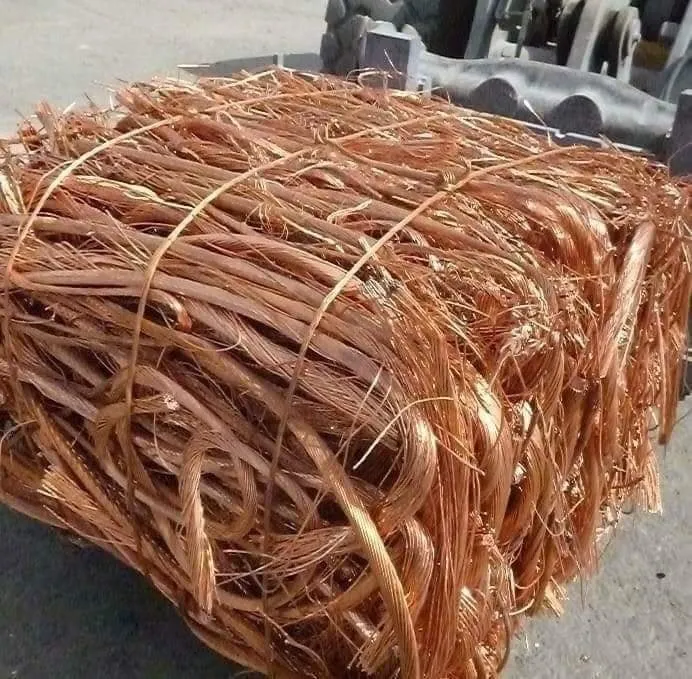Copper Wire Scrap Price: Understanding Market Trends and Value
Copper wire scrap price is a critical metric in the metal recycling and manufacturing industry. As a key component in electrical systems, copper is one of the most in-demand non-ferrous metals in the world. The price of copper wire scrap fluctuates frequently due to a variety of factors, including global supply and demand, industrial activity, energy costs, and international trade policies. For businesses and individuals involved in recycling, construction, or manufacturing, staying informed about copper wire scrap prices is essential for maximizing profit and planning purchases or sales.
What Is Copper Wire Scrap?
Copper wire scrap refers to discarded or recycled copper electrical wiring that is no longer in use. It typically comes from dismantled electronic devices, construction sites, old appliances, and electrical equipment. Copper wire scrap is often categorized by its quality or purity, with “bare bright copper wire” being the most valuable form due to its high copper content and minimal impurities.
There are several grades of copper scrap, including:
- Bare Bright Copper Wire (clean, uncoated, and untinned)
- #1 Copper (clean, unalloyed, and uncoated)
- #2 Copper (may include coatings, solder, or slight oxidation)
Factors Affecting Copper Wire Scrap Price
The copper wire scrap price is influenced by both local and global economic indicators. Here are some of the main factors:
1. Global Copper Demand
Countries with large industrial sectors, such as China, the United States, and India, heavily influence copper prices. As construction and manufacturing increase, so does the demand for copper, which raises prices.
2. Mining Output and Supply
Copper supply depends largely on mining activities in countries like Chile, Peru, and the Democratic Republic of Congo. Any disruption in mining output—due to strikes, environmental issues, or political instability—can decrease supply and drive up prices.
3. Recycling Rates
The availability of copper wire scrap also affects its price. Higher recycling rates can increase supply in the market and potentially stabilize or lower prices.
4. Energy and Transportation Costs
Since copper processing and recycling are energy-intensive, changes in fuel prices and transportation logistics can directly affect the cost and price of scrap copper.
5. Currency Exchange Rates
Copper is traded globally, often in U.S. dollars. Fluctuations in currency exchange rates can impact international purchasing power and influence the global copper wire scrap price.
Current Market Trends
As of mid-2025, copper wire scrap prices have shown resilience due to growing demand in electric vehicle production, green energy infrastructure, and global urbanization projects. However, market volatility remains a concern, especially with shifting economic policies and environmental regulations.
Scrap yards and recycling centers typically offer different rates based on the grade and cleanliness of the copper. For the best return, sellers should ensure the wire is stripped of insulation and contaminants, as clean copper fetches a higher price per pound or kilogram.
Conclusion
The copper wire scrap price is a dynamic figure that reflects broader trends in the global economy, industrial development, and environmental awareness. Whether you are a large-scale recycler or an individual scrapper, understanding the factors that influence scrap prices can help you make informed decisions, time your sales effectively, and maximize your returns. Staying updated on copper market news and working with reputable scrap dealers is key to navigating this ever-changing landscape.

